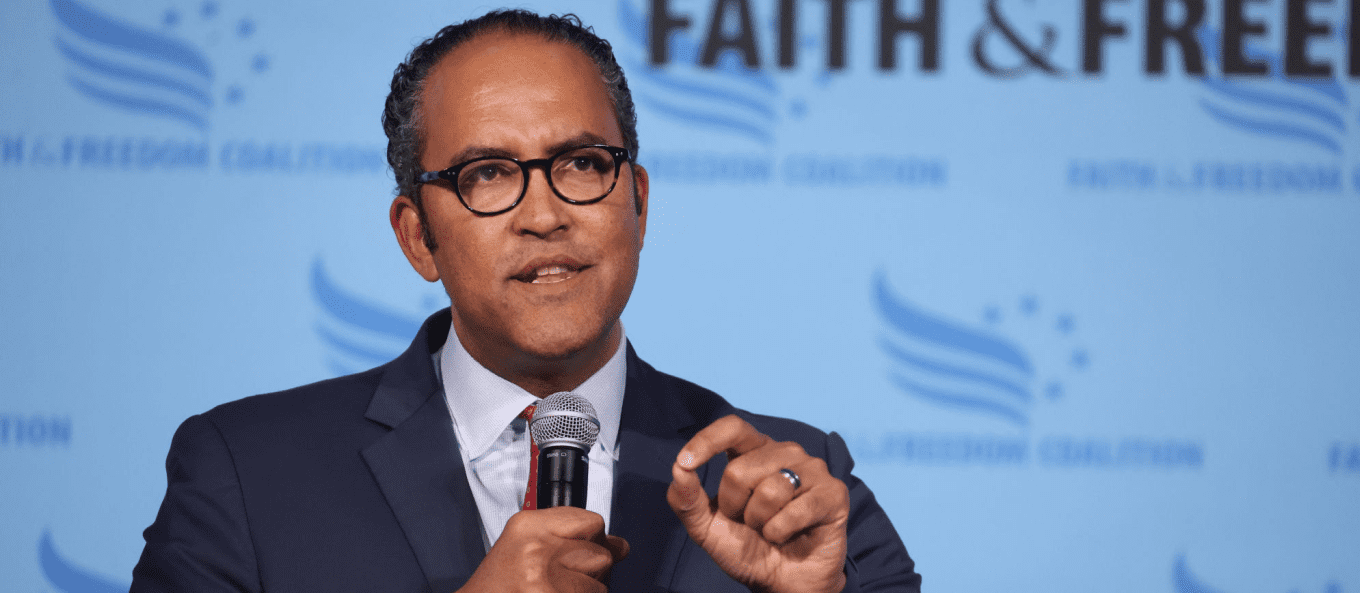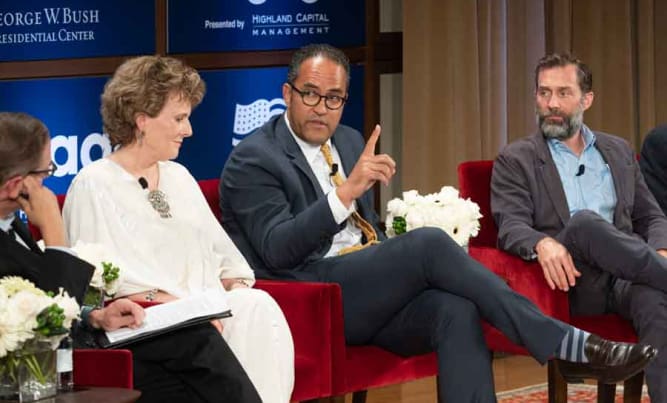5 min read
The budget and appropriations cycle in the U.S. Congress is a complex and often unpredictable process that involves multiple actors, stages, and deadlines. Here is a simplified overview of the main steps:
The President’s Budget
1. The President submits a budget request to Congress, usually in early February, which outlines the administration’s policy priorities, spending proposals, and revenue estimates for the next fiscal year (which runs from October 1 to September 30) and the following 10 years.
The Congressional Budget Office
2. The Congressional Budget Office (CBO), a nonpartisan agency that provides independent analysis and projections of the federal budget, reviews and updates the president’s budget request and produces a baseline projection of the current fiscal outlook, assuming no changes in existing laws and policies.
The Budget Committees
3. The House and Senate Budget Committees, which are responsible for drafting and overseeing the budget resolution, hold hearings on the president’s budget request and the CBO’s baseline projection, and consult with other committees and party leaders on the budget goals and priorities.
4. The House and Senate Budget Committees each report a budget resolution, which is a concurrent resolution (meaning it does not require the president’s signature) that sets the overall spending and revenue levels, the deficit or surplus targets, and the reconciliation instructions (if any) for the next fiscal year and the following 10 years. The budget resolution also allocates the spending levels among the major functional categories of the federal budget, such as defense, health, education, etc.
5. The House and Senate each debate and vote on their respective budget resolutions, usually in March or April, and may amend them with floor amendments. If the two chambers pass different budget resolutions, they have to reconcile their differences and agree on a final version through a conference committee, which is a temporary joint committee composed of members from both chambers, or through an informal negotiation process.
6. The House and Senate each approve the final budget resolution, which serves as a blueprint and a binding framework for the subsequent appropriations and reconciliation bills, which are the main vehicles for implementing the budget resolution. The budget resolution is not a law and does not have the force of law, but it guides and constrains the actions of Congress and the president on fiscal matters.
The Appropriations Committee
7. The Senate and House Appropriations Committees, which are responsible for allocating discretionary spending (the portion of the federal budget that is subject to annual appropriations by Congress) among 12 subcommittees, each covering a specific area of government operations, such as defense, labor, health, etc. The Appropriations Committees and subcommittees hold hearings on the president’s budget request and the budget resolution, and consult with other committees and agencies on the funding needs and priorities.
8. The Senate and House Appropriations subcommittees each report an appropriations bill, which is a regular bill (meaning it requires the president’s signature) that provides the legal authority and the specific amounts of funding for the programs and activities under their jurisdiction for the next fiscal year.
9. The Senate and House Appropriations Committees each approve and report the appropriations bills from their subcommittees, usually in May or June, and may amend them with committee amendments. The Appropriations Committees also prepare a summary report that explains and compares the appropriations bills and their impacts on the budget.
10. The House and Senate each debate and vote on the appropriations bills, usually in June or July, and may amend them with floor amendments. If the two chambers pass different appropriations bills, they have to reconcile their differences and agree on a final version through a conference committee or an informal negotiation process.
Presidential Approval
11. The House and Senate each approve the final appropriations bills, which are then sent to the president for his signature or veto. The president may sign the appropriations bills into law, veto them (in whole or in part), or allow them to become law without his signature. If the president vetoes an appropriations bill, Congress may attempt to override the veto with a two-thirds majority vote in each chamber, or negotiate a compromise with the president.
12. The President and Congress aim to complete the appropriations process and enact all 12 appropriations bills by September 30, the end of the current fiscal year, to avoid a funding gap or a government shutdown. However, if they fail to do so, they may pass a continuing resolution (CR), which is a temporary measure that extends the current funding levels and conditions for a specified period of time, usually a few weeks or months, until the appropriations bills are enacted. They may also pass an omnibus appropriations bill, which is a consolidated package that combines several or all of the appropriations bills into one bill, to expedite the process and resolve outstanding issues.
Reconciliation
The House and Senate may also pass a reconciliation bill, which is a special bill (meaning it is subject to special rules and procedures) that implements the reconciliation instructions from the budget resolution, if any. The reconciliation instructions direct certain committees to make changes in mandatory spending (the portion of the federal budget that is determined by existing laws and entitlement programs, such as Social Security, Medicare, etc.) and/or revenues (taxes, fees, etc.) to achieve the deficit or surplus targets set by the budget resolution.
The reconciliation bill is subject to the Byrd rule, which limits its scope and content to matters that have a direct and substantial impact on the budget, and prevents it from increasing the deficit beyond the budget window (usually 10 years). The reconciliation bill is also subject to the filibuster-proof process in the Senate, which means it can pass with a simple majority vote (51 votes) instead of a supermajority vote (60 votes) required for most legislation, making it a powerful and controversial tool for enacting major fiscal policies.
First time reading? If you want rational takes on foreign policy, politics and technology then sign up below or click here for “The Brief.” It’s a twice-a-month email on things that aren’t being discussed but should – all in 5 minutes or less.






























